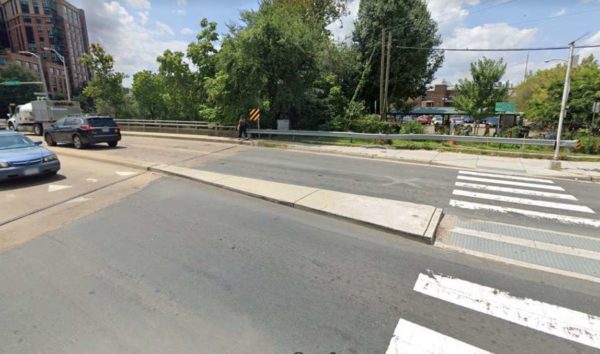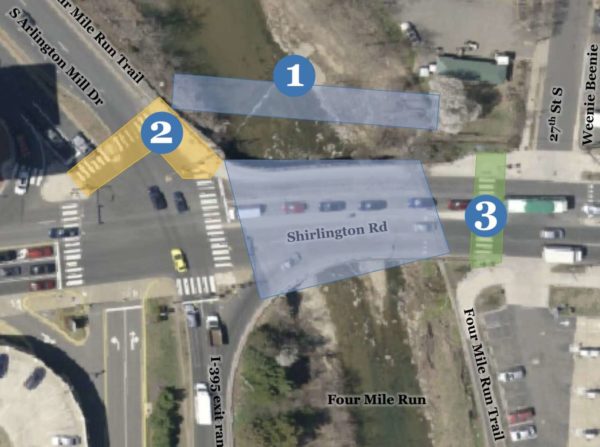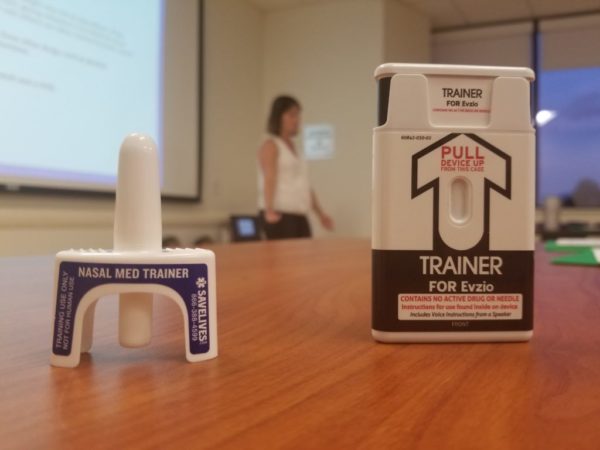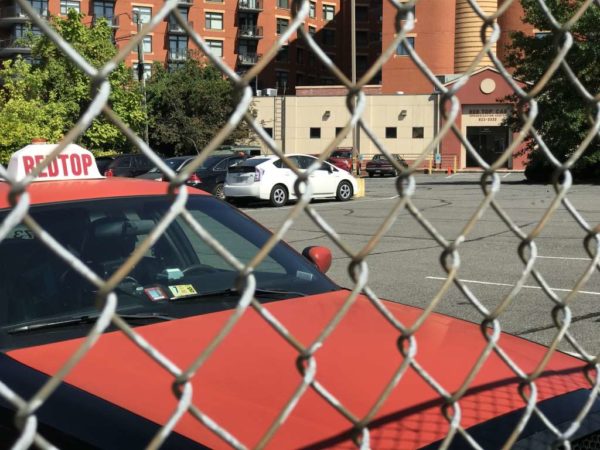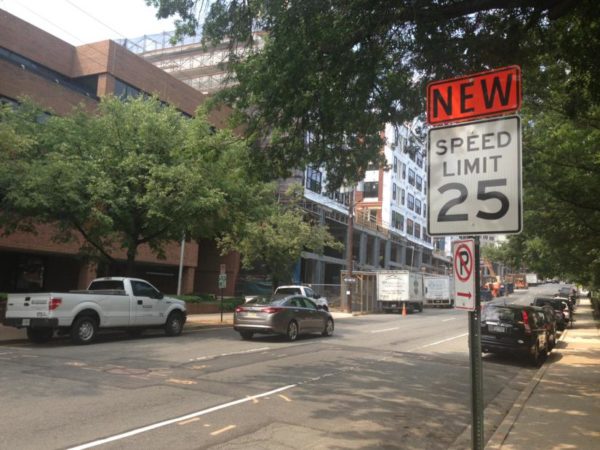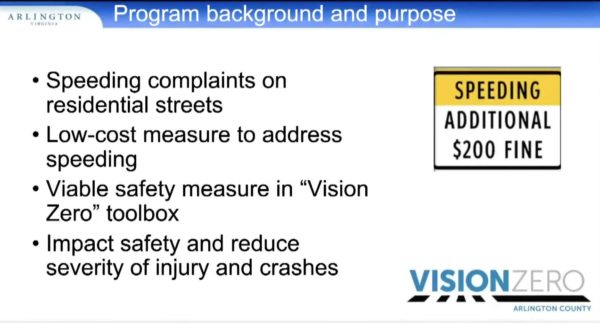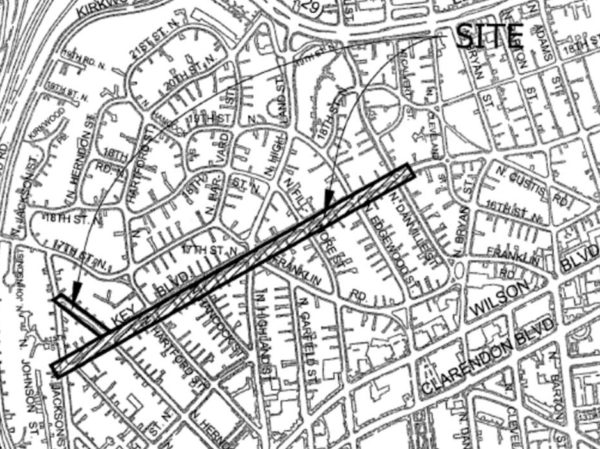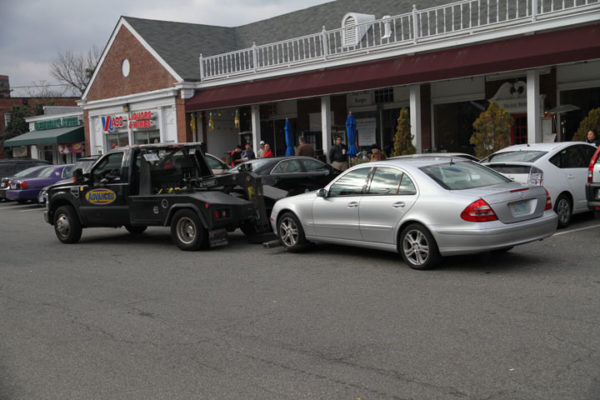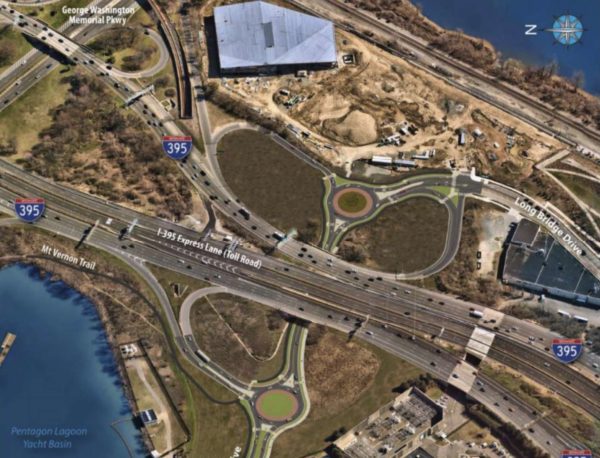After Arlington’s biggest snowfall since early 2019, the continued winter weather hasn’t been kind to some Columbia Pike businesses already dealing with a pandemic.
Along the Pike, sidewalks remained covered in snow, slush, and salt — as sleet intermediately fell from the sky earlier this afternoon.
A Winter Weather Advisory remains in effect until Tuesday morning and a mixture of sleet, freezing rain, and snow is expected to continue throughout the day and into the evening.
Sofonias Gebretsadick, co-owner of Idido’s Coffee near the intersection of Columbia Pike and Walter Reed Drive, says that the poor weather has impacted his business.
“Sunday… and today, it’s slow,” Gebretsadick tells ARLnow. “When the weather isn’t good, we don’t have much foot traffic.”
This is the coffee shop’s first time experiencing measurable snow. It opened in late February 2019, a week after the last time Arlington had at least two inches of snow.
In general, he says, winter has been his least profitable season, but last year’s warmer winter muted the impact.
Of course this past year, right when the weather turned, the pandemic hit. It was a rough March and April, Gebretsadick says, but summer sales were much better.
This winter, between the cold, continued high number of COVID-19 cases, and now the weather, that hasn’t remained the case, he said.
Down the Pike, Burritos Bros was also seeing a decline in normal business due to the snow and ice.
At about 12:30 p.m., the normal steady stream of lunch customers — which has remained even during the pandemic — were nowhere to be found at the local burrito stand, located in a CVS parking lot.
Co-owner Richard Arnez says that between 11 a.m. and 2 p.m. is when they typically get customers. But not today.
“It’s been a lot slower today because of the weather,” he says pointing out the window.
He lives near Annandale and said the commute to Arlington this morning wasn’t bad, as the roads were clear of both snow and traffic.
Arnez, too, says while his business has adjusted, the pandemic has continued to take a bite out of the restaurant’s business. And winter weather is certainly not helping.
Back at Idido’s, a bag of salt sits at the door. Despite being cleared earlier, Gebretsadick said the continued precipitation all day has built up a layer of ice on the sidewalk that’s hard to remove. He put down salt himself and is already onto bag number two from Costco.
Gebretsadick went outside in the snow for a bit yesterday with his kids at his Maryland home. They had fun, he says, while he sipped coffee.
But, then, it was back to work today.









